Pablo Jornet was born in Alicante, on the southern coast of Spain. The light, the sea, the bright walls of the city — all of this shaped his sense of color from an early age. The street became his first field of experimentation. At twelve, he went out to paint graffiti, and from then on paint and large surfaces became part of his life. Graffiti taught him to work boldly with form and to break rules.
But life wasn’t only about art. During those years he also helped his father in construction: painting facades, doors, ceilings. Two worlds — the freedom of the street and the precision of craft — unexpectedly came together. Later this mix turned out to be essential. His first tattoo machine came almost by accident, from a friend. At the time it was just a game. Yet the experience stayed with him. After working for several years on construction sites in Germany, the thought returned. Back in Spain, Pablo realized: it was time to take tattooing seriously.
.jpg)
A lot has changed since then. Today his style is easy to recognize around the world. Formally it’s neo-Japanese, but with a clear touch of new school and graffiti. Japanese demons, ghosts, samurais, animals — they are central characters. But the lines, the movement, the bold colors — those come from street culture. His pieces look alive, always in motion.
Another key trait is his focus on sources. Pablo collects books on Japanese illustration, many of them hard to find even in specialized libraries. He searches for them while traveling, in small shops, often discovering editions almost no one has seen. These books help him avoid direct copying and create tattoos with unexpected imagery. Sometimes he even admits that the search itself has become a hobby.
.jpg)
Experience and constant creative research have taken him beyond Spain. Over the past ten years, Pablo has taken part in both European and American conventions, where his works received awards.
The awards Pablo received were not just formal acknowledgments. They came from respected international conventions, where competition is tough and recognition is given only to a few. Achievements at such events place an artist in the circle of professionals who define the direction of the tattoo industry. For Pablo, these moments became proof that his style resonates with audiences far beyond Spain and is valued on the global stage.
But perhaps more important is something else: he built a series of large-scale projects that defined him as an artist.
One turning point was a full back piece of a samurai — his first large project, where he felt confidence and saw his level rise. Another was a back piece with a frog and a koi fish. For him it was proof that his personal language worked on a big scale and could handle complex stories. They showed that tradition doesn’t need to be copied but can be interpreted, keeping its depth. And that’s exactly what both clients and colleagues noticed.
.jpg)
Pablo’s main base is his own studio, Red Panda Tattoo, in Alicante. There he works on long-term projects and builds a team. But a big part of his time is connected with travel. Over the years he has worked across Europe, taking part in festivals and meeting colleagues from Germany, Italy, France. These days he often works in Florida, Arizona, and sometimes New York.
Such mobility shapes a new kind of experience. In America the organization of work is different, as is the relationship with clients. There he meets artists from many countries and builds a network of contacts. Without this, an international career would be impossible.
.jpg)
At the same time, new projects are growing. Right now Pablo is preparing an illustration book. It will include both his well-known works and sketches nobody has seen yet. In it he explains how he builds compositions, where he looks for sources, and how he merges Japanese tradition with graffiti and new school.
This is more than just a portfolio. The book is meant as a tool for young artists. It shows that a modern tattooer doesn’t only follow trends but can create them.
.jpg)
Today Pablo Jornet’s name is known both in Europe and the United States. He is valued for his ability to merge traditions, for his large-scale projects, and for a personal style that is impossible to mistake for someone else’s. Clients choose him for bold ideas. Colleagues — for his openness and willingness to share knowledge.
The path, however, wasn’t easy. As he himself admits, the most important thing in this profession is patience. A full body suit can take a year, which means both artist and client must be equally committed. There is no place for haste. What matters is the process and the result.
.jpg)
In the end, it all comes together into a consistent story. An artist from a small Spanish city built an international career while staying true to his roots. From his first graffiti to large Japanese-inspired compositions, from a borrowed tattoo machine to his own studio — his journey shows that talent and technique alone are not enough. Persistence, curiosity, and the will to keep learning are just as important.
That is what makes him a significant figure in the global community, and an artist whose name today stands alongside other recognized masters of the industry.
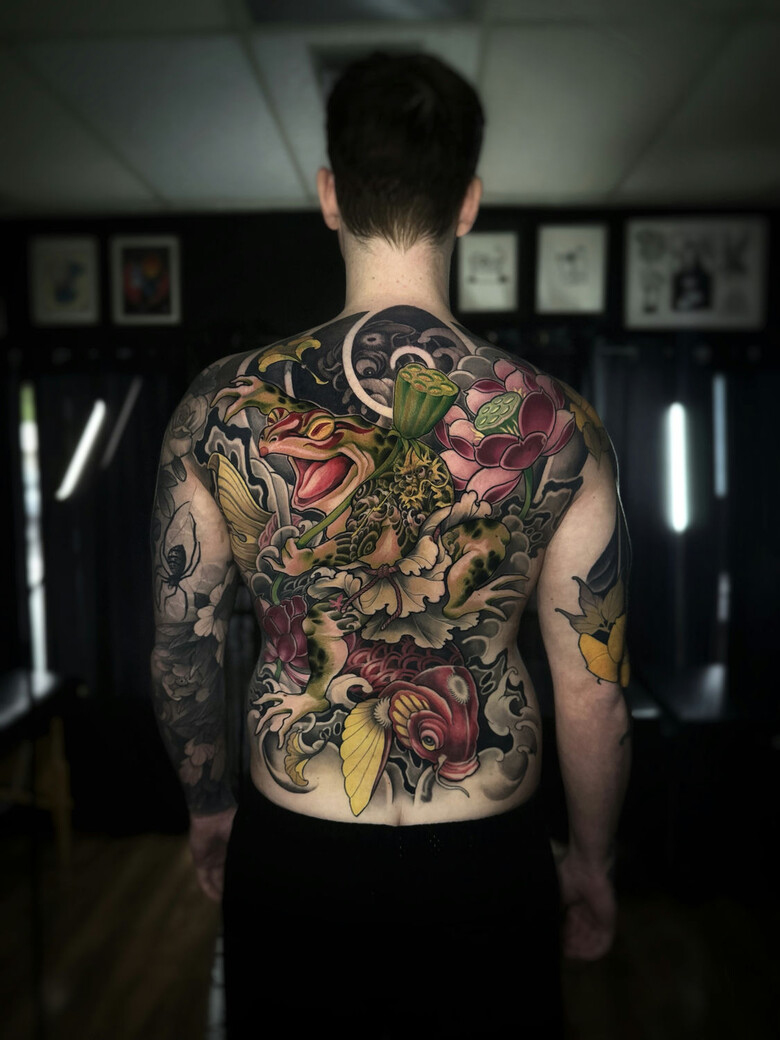

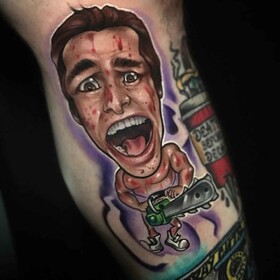
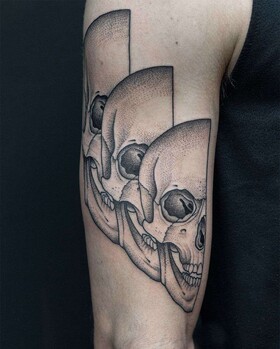
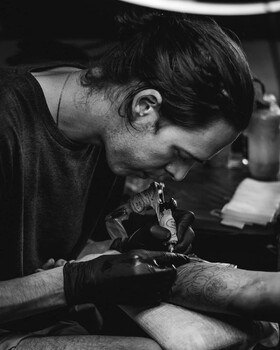
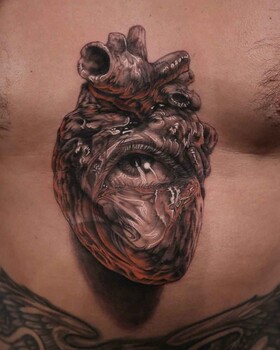
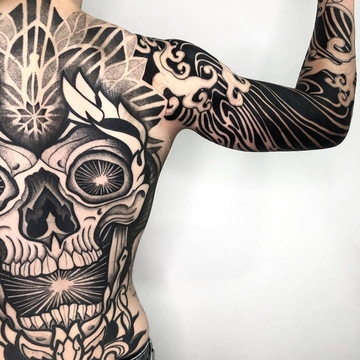
Comments (0)